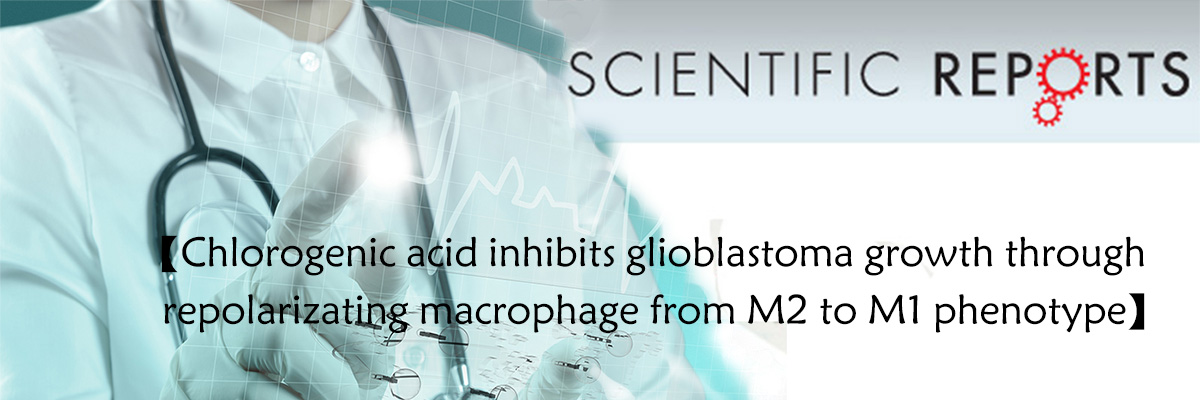SUMMARY
Lymphocyte-activation gene 3 (LAG-3) is an immune inhibitory receptor, with major histocompatibility complex class II (MHC-II) as a canonical ligand. How-ever, it remains controversial whether MHC-II is solely responsible for the inhibitory function of LAG-3. Here, we demonstrate that fibrinogen-like protein 1 (FGL1), a liver-secreted protein, is a major LAG-3 functional ligand independent from MHC-II. FGL1 inhibits antigen-specific T cell activation, and ablation of FGL1 in mice promotes T cell immunity. Blockade of the FGL1-LAG-3 interaction by mono-clonal antibodies stimulates tumor immunity and is therapeutic against established mouse tumors in a receptor-ligand inter-dependent manner. FGL1 is highly produced by human cancer cells, and elevated FGL1 in the plasma of cancer patients is associated with a poor prognosis and resistance to anti-PD-1/B7-H1 therapy. Our findings reveal an immune evasion mechanism and have implications for the design of cancer immunotherapy.
INTRODUCTION
Lymphocyte-activation gene 3 (LAG-3, CD223) is a transmem-brane protein primarily found on activated T cells (Andersonet al., 2016; Andrews et al., 2017; Triebel et al., 1990). LAG-3 protein consists of four extracellular immunoglobulin (Ig)-like domains (D1–D4) with high homology to CD4 (Triebel et al., 1990). LAG-3 expression can be upregulated by interleukin(IL)-2 and IL-12 on activated T cells (Annunziato et al., 1996, 1997; Bruniquel et al., 1998), where it mainly functions as a re-ceptor that delivers inhibitory signals (Huard et al., 1994, 1996;
Workman et al., 2002a). LAG-3 negatively regulates the prolifer-ation, activation, effector function, and homeostasis of both CD8+ and CD4+ T cells, as shown in LAG-3 knockout mice and antibody studies (Huard et al., 1994; Workman et al., 2002a, 2002b, 2004; Workman and Vignali, 2003, 2005). LAG-3 may represent an ‘‘exhaustion’’ marker for CD8+ T cells similar to PD-1 in response to repetitive antigen stimulation in chronic viral infections or cancers (Blackburn et al., 2009; Chihara et al., 2018; Grosso et al., 2007, 2009; Matsuzaki et al., 2010; Williams et al.,2017). Additionally, LAG-3 is also constitutively expressed on a subset of regulatory T cells and contributes to their suppressive function (Camisaschi et al., 2010; Gagliani et al., 2013; Huanget al., 2004). Currently, monoclonal antibodies (mAbs) that block the interaction of LAG-3 with its canonical ligand, MHC-II, are being evaluated for their antitumor activity in clinical trials (Anderson et al., 2016; Ascierto et al., 2017; Rotte et al., 2018). The major ligand that mediates the immune suppressive func- tions of LAG-3, however, remains controversial. Initial studies by Baixeras et al. (1992) showed an interaction between MHC-II and LAG 3 via a cell-cell adhesion assay, which was further extended by studies indicating LAG-3 fusion protein binding to MHC-II+B cell lines (Huard et al., 1995, 1996). However, there is a lack of direct evidence for the protein-protein interaction between LAG-3 and MHC II. MHC-II was proposed to interact with LAG-3 through the residues on the membrane-distal, top face of the LAG-3 D1 domain (Huard et al., 1997). Functionally, the MHC-II CD4 interaction supported helper T cell activation, while overexpression of LAG-3 downregulated antigen-dependent CD4+ T cell responses in vitro (Workman and Vignali, 2003). However, several mAbs that do not block the binding of LAG-3 to MHC-II nonetheless promoted T cell functions. For example, C9B7W, a specific mAb against the murine LAG-3 D2 domain, enhanced the proliferation and effector functions of T cells in vitro and in vivo (Workman et al., 2002b, 2004; Workman and Vignali, 2005). This antibody also increased the accumula- tion and effector function of tumor-specific CD8+ T cells in several tumor models (Grosso et al., 2007; Woo et al., 2012). The effects of C9B7W mAb on T cells are largely similar, if not iden-tical, to those produced by LAG-3 genetic deficiency (Woo et al.,2012; Workman and Vignali, 2005). A recent study also showed that anti-LAG-3 mAb that do not block MHC-II binding could still stimulate T cell activation and anti-tumor activity (Cemerski et al., 2015). Given that LAG-3 also suppresses the function of CD8+T cells and natural killer (NK) cells, which do not interact with MHC-II (Anderson et al., 2016), these studies raise the possibility that the immunological functions of LAG-3 might be mediated via an unknown ligand. Here, we report that fibrinogen-like protein 1 (FGL1) is a major functional ligand of LAG-3. FGL1 belongs to the fibrinogen family with high amino acid homology to the carboxyl terminus of the fibrinogen beta- and gamma-subunits, but it does not have the characteristic platelet-binding site, cross-linking region, and thrombin-sensitive site necessary for fibrin clot formation (Yama-moto et al., 1993). Under normal physiological conditions, FGL1 protein is primarily secreted from hepatocytes and contributes to its mitogenic and metabolic functions (Demchev et al., 2013; Hara et al., 2001; Li et al., 2010; Liu and Ukomadu, 2008; Yama- moto et al., 1993; Yan et al., 2002). The immunological function of FGL1, however, remains unknown. Our results demonstrate that FGL1 is a major inhibitory ligand for LAG-3, revealing a new mechanism of immune evasion.
article link:https://sci-hub.tw/10.1016/j.cell.2018.11.010







